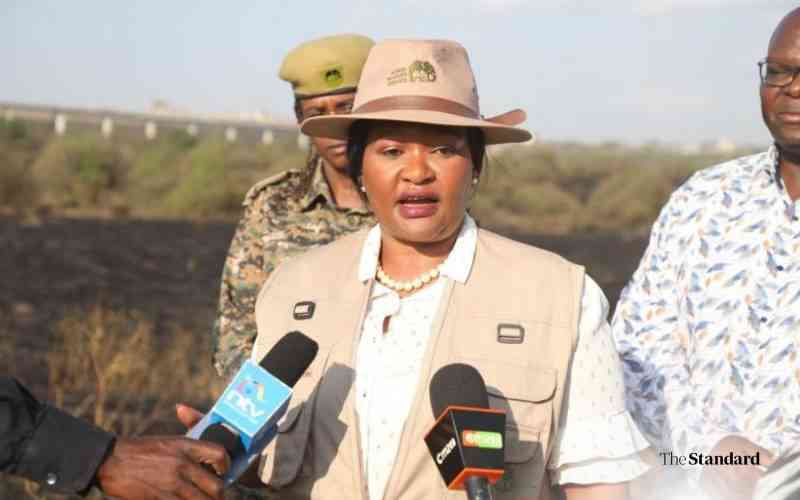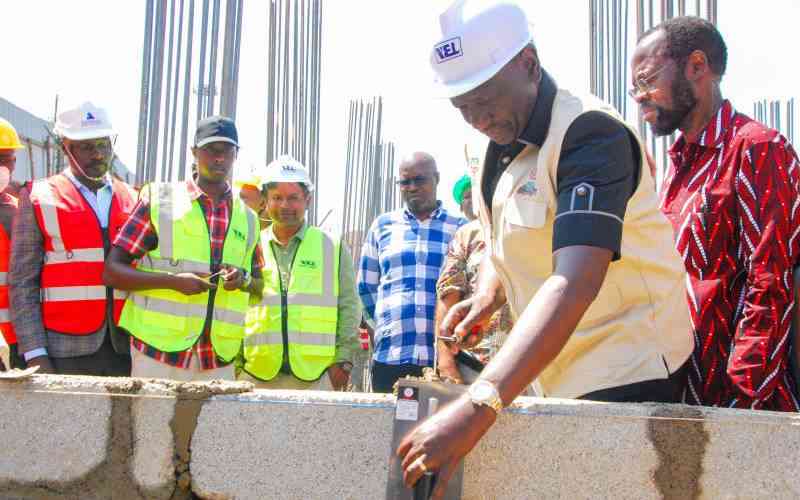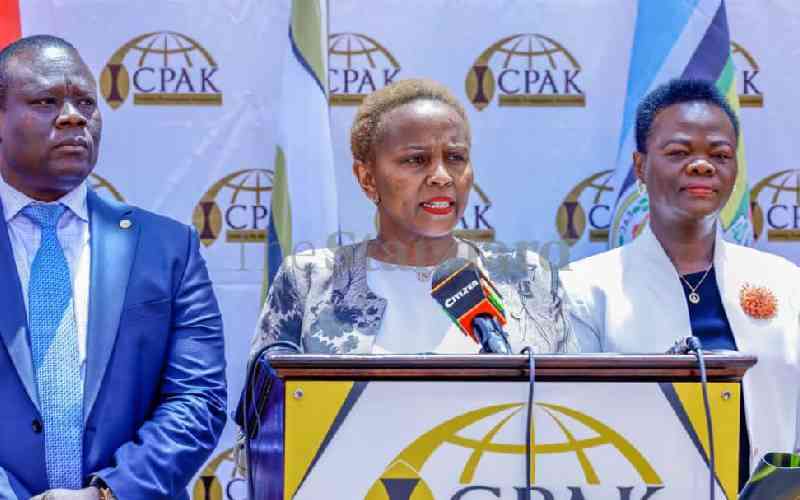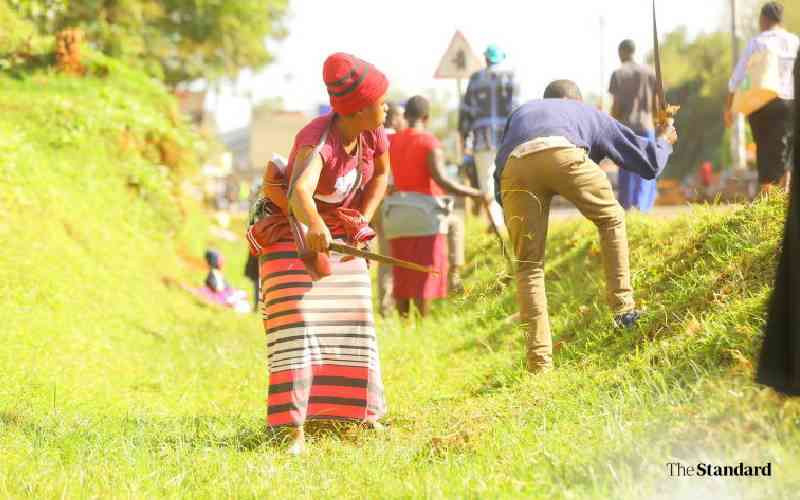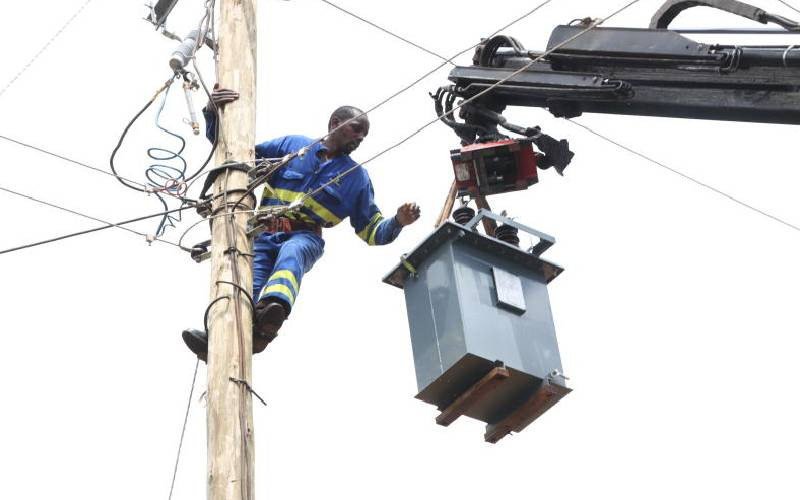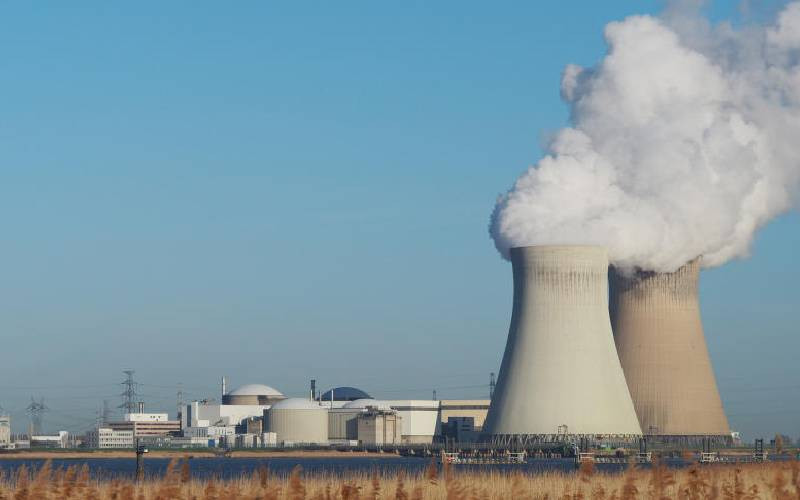
Kenya has made remarkable progress as it prepares to scale up its nuclear energy programme. As many developing nations shift toward nuclear to meet their energy demands and environmental sustainability goals, Kenya can’t be left behind.
In the wake of climate change shocks, the government continues to place great emphasis on nuclear power. This shift is deliberate. There can’t be a better time to diversify Kenya’s energy mix and position the country for long-term socio-economic transformation.
Debate over the cost benefit of nuclear power has been raging. But not lost on us is nuclear technology’s numerous benefits for a developing nation like ours. It provides a reliable, low-carbon source of energy that can power industries and households.
Beyond electricity, nuclear applications extend to health (through radiotherapy and medical diagnostics), agriculture, water resource management, and industrial innovation. If well-implemented, nuclear energy can help us achieve energy security.
However, the promise of nuclear must go hand in hand with high standards of safety, security and environmental protection. This is where regulation becomes paramount. The success of any nuclear project depends on effective regulation. A sustainable nuclear programme must guarantee protection of life and the environment.
This is why the Nuclear Regulatory Act Cap 243 created the Kenya Nuclear Regulatory Authority (KNRA). The authority ensures that every aspect of nuclear development, right from licensing and inspection to safety oversight and emergency preparedness, is carried out in line with global best practices. KNRA will leave nothing to chance.
In the past three years, the KNRA has worked to benchmark and align with the highest international standards. During the 69th General Conference of the International Atomic Energy Agency (IAEA) in Vienna, I had the privilege of engaging with the IAEA Director General Rafael Mariano Grossi and other officials. It was a clear reaffirmation of the collaborative approach we have embraced.
Principal Secretary for Science, Research and Innovation, Abdulrazak Shaukat and other officials attended the meeting where we reaffirmed Kenya’s unwavering commitment to upholding the highest standards of nuclear safety and security.
We are working closely with several international partners with proven track records as we seek to boost Kenya’s regulatory capacity. At the same IAEA conference, US Energy Secretary Chris Wright reaffirmed the United States’ commitment to supporting Kenya’s nuclear journey.
Mr Wright expressed interest in enhancing Kenya’s regulatory capabilities and expanding peaceful nuclear applications across critical sectors such as energy, health, agriculture and security. In due course, a US delegation will visit Kenya to assess the progress of our nuclear programme, and we have full confidence in our regulatory framework.
Over the last five years, KNRA has signed several Memoranda of Understanding (MoUs) with key international and regional partners. These agreements are immensely beneficial.
Last year, we signed an MoU with the US Nuclear Regulatory Commission. Under the team, we expect technical assistance, capacity building and sustained exchange of regulatory expertise. This partnership provides Kenyan professionals with the much-needed training opportunities and exposure to some of most successful regulatory systems.
We also work closely with the IAEA. This critical UN watchdog has offered Kenya technical support, peer reviews, and training missions. This month, an IAEA mission will be in Kenya to conduct several assessments of our operations.
Through such collaborations, Kenya has benefited from Integrated Regulatory Review Service missions and other expert-led evaluations that help us continually improve our regulatory approach.
Stay informed. Subscribe to our newsletter
KNRA has also entered into MoUs with nuclear regulatory bodies in several African countries. These agreements support peer learning, joint training programmes and shared research initiatives. They also strengthen Africa’s collective ability to implement safe and secure nuclear programmes. Kenya is also a designated centre that runs a post-graduate course on radiation protection undertaken by KNRA together with Kenyatta University.
The partnerships are already paying off on the ground. To mention a few, we have significantly expanded our technical capabilities through training, modernisation of our regulatory tools, and building of a pool of a new generation of professionals. This growing capacity ensures KNRA is fully prepared to regulate all phases of Kenya’s nuclear power programme, from site selection and construction to operation and decommissioning.
But even as we strengthen our regulatory systems, we are equally committed to fostering public awareness and transparency. Public trust is a critical pillar of any nuclear programme. We must ensure that Kenyans understand the benefits and risks of nuclear technology and that they have confidence in the systems put in place to protect them.
This is the time to assure Kenyans that KNRA will work round the clock towards safety. Indeed, nuclear energy is the magic bullet for developing countries but must be exploited responsibly. The journey toward nuclear power is not a sprint but a long-term national commitment that requires rigorous planning and support from across sectors.
The KNRA is proud to be at the heart of this journey. We are building a regulatory framework that not only meets international standards but also safeguards Kenya’s unique environmental and societal needs. We remain committed to collaboration locally and internationally to ensure that Kenya’s nuclear future is safe and secure.

